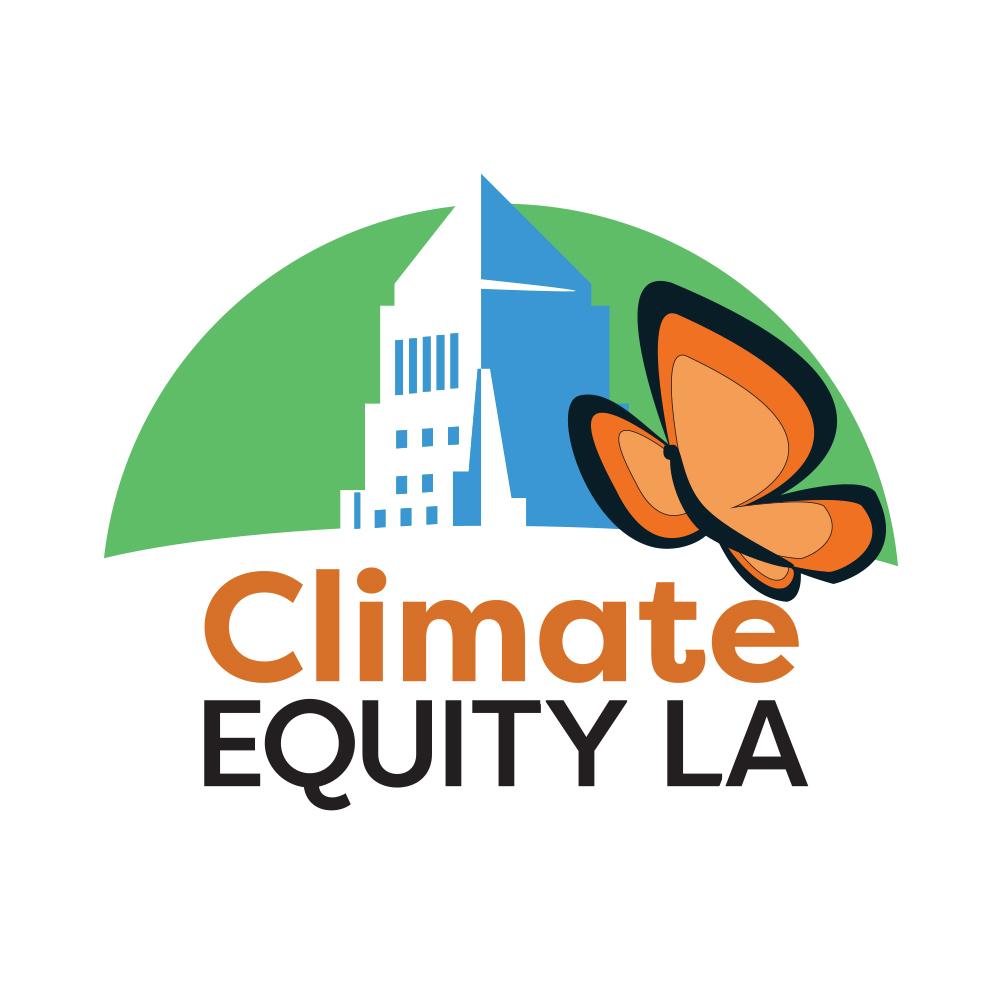In the City of Los Angeles, we suffer from excessive air pollution, and extreme heat, and now LA has 6X the heatwaves we once did. With more exposure to hot, stagnated air pollution, and less time for our bodies to recover from our longer heat seasons and urban heat island, Los Angeles has regretfully been identified as #1 in Heat and Climate Hazard Health Risk as per FEMA.
Our neighborhoods without trees, shade, permeable land, and open space suffer up to 4X the number of hospitalizations and premature deaths than areas with a greener, more climate-adapted infrastructure. Extreme heat waves (our heat season) now extend to mid-November, and we know heat waves are longer in duration. They are the silent killer & deadliest climate threat that California and Los Angeles face today. Historical disinvestments started with redlining neighborhoods that clearly had less political power because of their race and lower income. Every year, extreme heat sends more people to the hospital, directly causing more deaths than any other climate hazard in Los Angeles. While it affects everyone, it disproportionately impacts the aging, low-income residents, and communities of color.
The City Council and the Mayor saw the need for a Chief Heat Officer, as these deathly numbers were unacceptable, as reported by the LA Times, and made evident by the Adrienne Arsht-Rockefeller Foundation Resilience Center, which has catalyzed an initiative to prioritize how Cities respond to and invest in solutions for extreme heat. For all of the above reasons, I knew we had to quickly convey the City resources that could be a refuge from the heat to our communities. I spearheaded the creation of the Cool Spots LA app, showing Angelenos where they can go to cool off during heat events and emergencies, such as the September 2022 historic heat wave that lasted over a week.
This project would not have been possible without the collaboration of many departments, especially the Emergency Management Department and also the Mayor’s Data Team, who was instrumental in designing the platform and app for Cool Spots LA. The Data Team was excited to partner with the Climate Emergency Mobilization Office on the Cool Spots LA project. CEMO provided the needed data from across a number of departments,and then my team leveraged ESRI tools to design and build a web app that informs residents of cool spots and cooling centers during extreme heat events; said Eva Pereira, Chief Data Officer with the Mayor’s Data Team.
As Chief Heat Officer, I collaborated with and enlisted LADWP, Bureau of Street Services, Public Works, the Department of Recreation and Parks, Los Angeles Public Libraries to provide me with their data on all of the augmented Cooling Centers, libraries, senior centers, recreation centers, shade structures, bus shelters and hydration stations throughout Los Angeles. This heat season, we also added 73 libraries to our Cooling Center list, opened 16 augmented cooling centers, and had the highest attendance we have ever had, in part because of our Cool Spots LA app, calls to the City’s 311 Call Center, and the #HeatRelief4LA social media campaign.
This is how constituents expect our City leaders to lead, we must co-create and co-design services and projects – seamlessly. Overall, we added over 200 Cool Spots by accounting for the City’s current investments, and this map will continue to add cool spots as the infrastructure investments expand.

